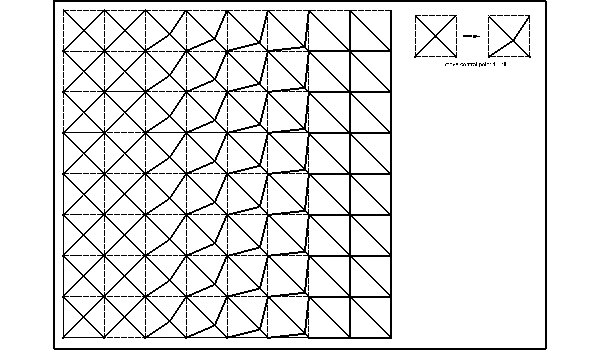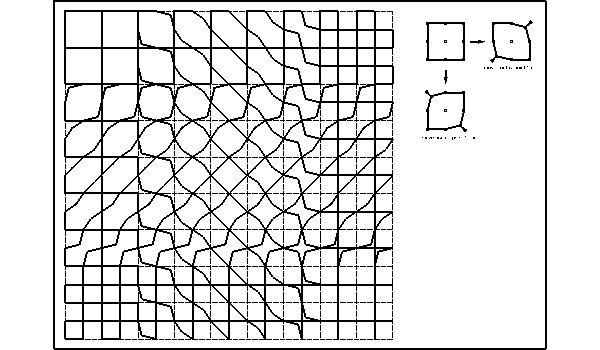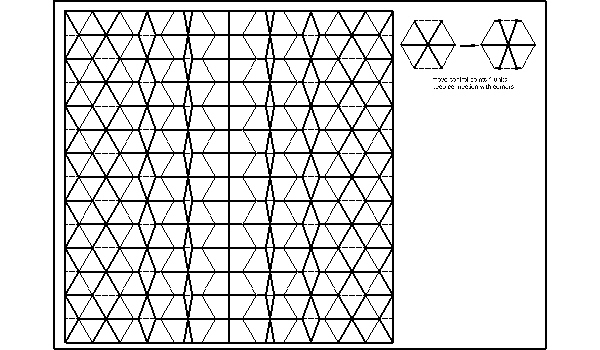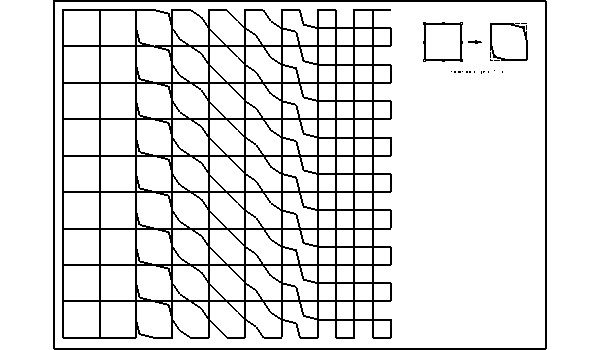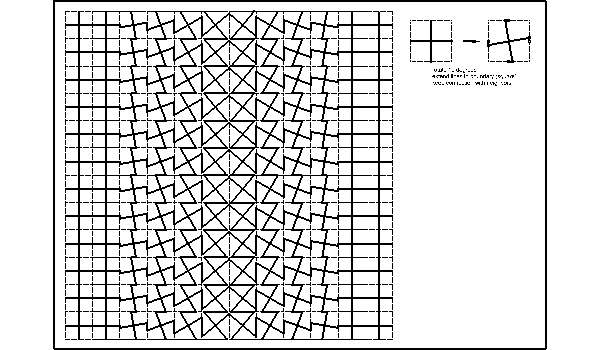Parquet Deformation Handmade
This is not to explain the method of the Parquet Deformation but to see the potential. After we’ve studied regular, semi-regular, dual, and truncated tessellations with students, the Architectural Geometry course expects them to develop a Parquet Deformation handmade such as those shown below. I call them Parquet Deformation handmade. Because they are manually designed but drawn using traditional CAD. The samples you see below are from this website. It is a good source for other topics of tessellation as well.






We can draw them with simple commands, line, control point editing, trim, extend, and rotate. Their firing rule is so simple that they may not need complex algorithms to model such structures. Instead, anyone can create them by hand. Again, sometimes it seems to be better that way. Yes, a script might speed up the process to see lots of different variations but at some point that would result in a non-controlled, or a random choice, lack of deeper reasoning.
Escher made repeated use of a family of metamorphosis techniques in his graphic work. Perhaps the most famous example of all of these techniques is his print Metamorphosis II.
A few decades later, architect William Huff began to assign his students the task of drawing “Parquet Deformations”, abstract designs depicting tilings that slowly evolve in space. The results are related to Escher’s metamorphoses, though more abstract and mathematical. Douglas Hofstadter popularized Parquet Deformations in his Metamagical Themas column in Scientific American, later reprinted in the book of the same name.
Craig S. Kaplan (http://www.cgl.uwaterloo.ca/~csk/projects/morph/)
Here are some of the designs of my Architectural Geometry students testing and utilizing the above methods:
